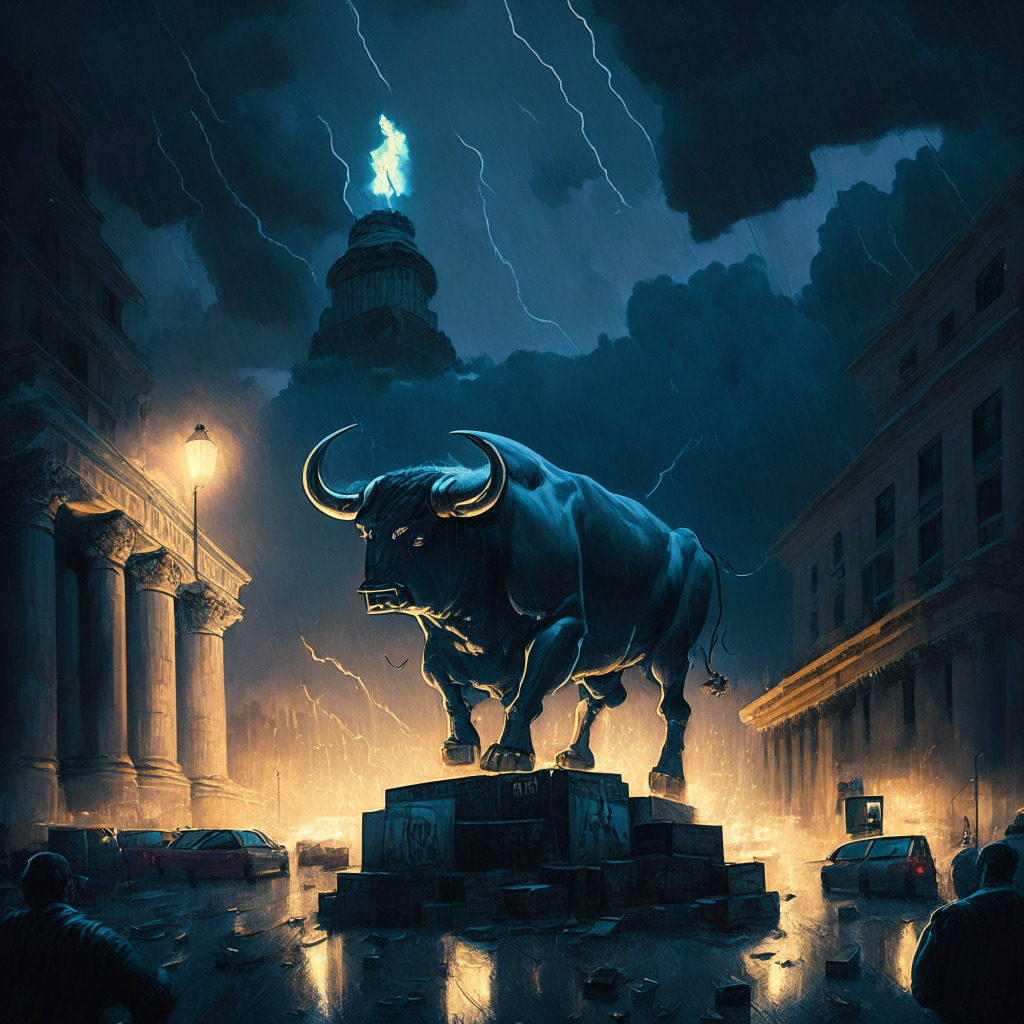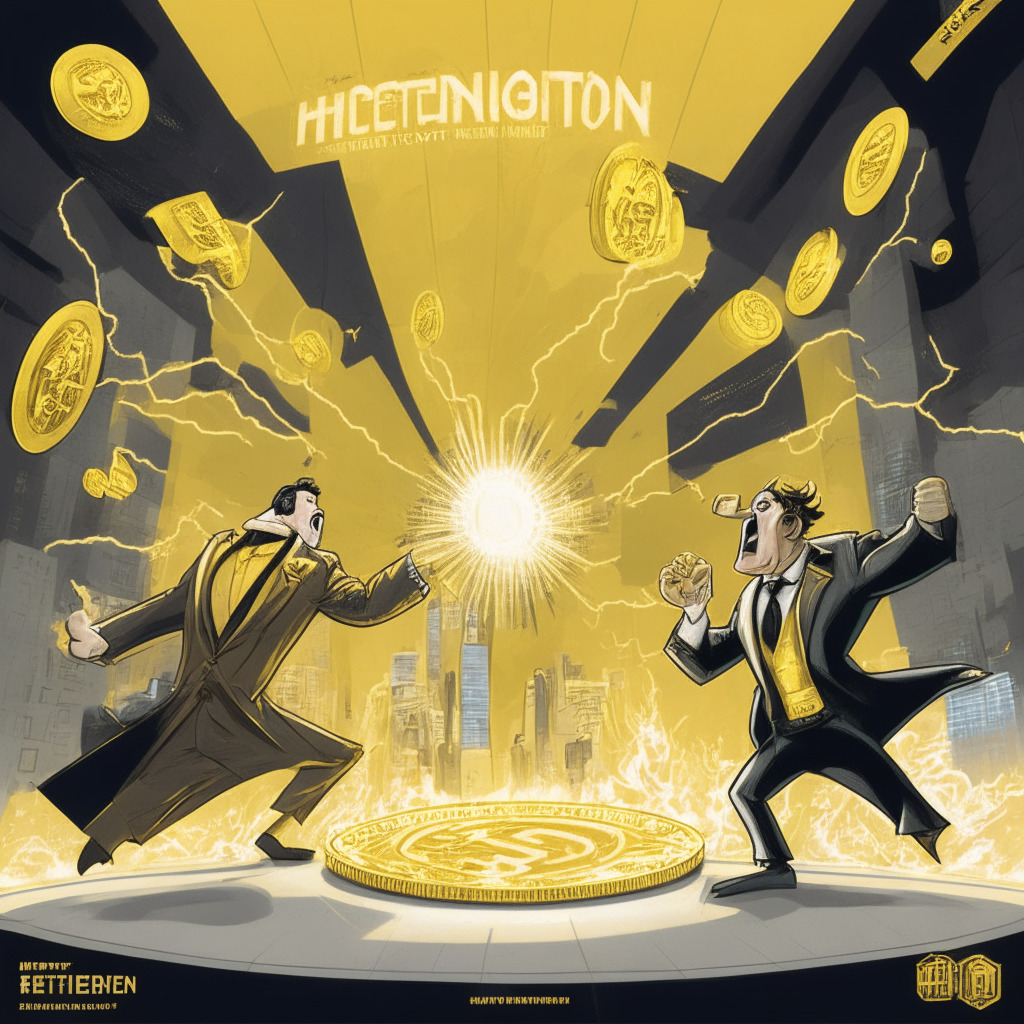On July 24, the digital economy experienced what could be considered a tremor when the price of Bitcoin experienced a flash crash, plummeting down to $29,000. This abrupt movement is now being attributed to substantial Bitcoin holders potentially liquidating their positions.
However, amidst these ripples and uncertainties that sent small shockwaves through the crypto marketplace, Bitcoin’s main trading metrics continued to signify a bullish outlook. It was evidenced by the fact that professional traders minimally reduced their leverage longs, even with the use of margin and derivatives.
While these dynamics unfolded, analytics firm Glassnode reported a sudden increase in whales’ inflow to crypto exchanges, reaching a three-year high at 41% of the total. This aggressive sell-off from large investors caused a stir within the market, especially since there had been no significant negative factors impacting Bitcoin within the previous month.
For example, major concerns have been rising over the ongoing court cases against leading exchanges, Binance, and Coinbase, led by the U.S. Securities and Exchange Commission. Nonetheless, these cases remain in an early phase and face years of legal procedures before any settlement can be reached.
Contrarily, the price crash might have been correlated with the U.S. dollar’s reversion. While Bitcoin’s price crashed, U.S. dollar strength index rapidly escalated from 99.7 to 101.4 between July 18 and 24. This index measures the strength of the U.S. dollar against a basket of foreign currencies.
Looking into the margin and derivatives markets, professional traders seemed to add leveraged long positions despite the recent price crash. This resilience of the margin markets was confirmed by the indicator sustaining a fairly decent 5.7% average annualized premium.
Further analysis of the options markets revealed that the 25% delta skew remained negative, specifying that bullish call options retained their premium standing over protective puts. This data further backed the notion that professional traders appeared indifferent to the flash crash. There were no immediate signs indicating pessimism among whales and market makers.
In essence, despite the price movement on July 24, Bitcoin bears were unable to dampen investor optimism, thus improving the probability of a swift recovery and a rise above $30,000.
Moreover, some silver linings are visible on the horizon. The recent U.S. bill introduced on July 20 proposes to establish a clear process for defining the classification of digital assets as commodities or securities. If turned into law, it could provide the much-needed regulatory clarity and boost the crypto market’s trust and credibility.
Source: Cointelegraph




